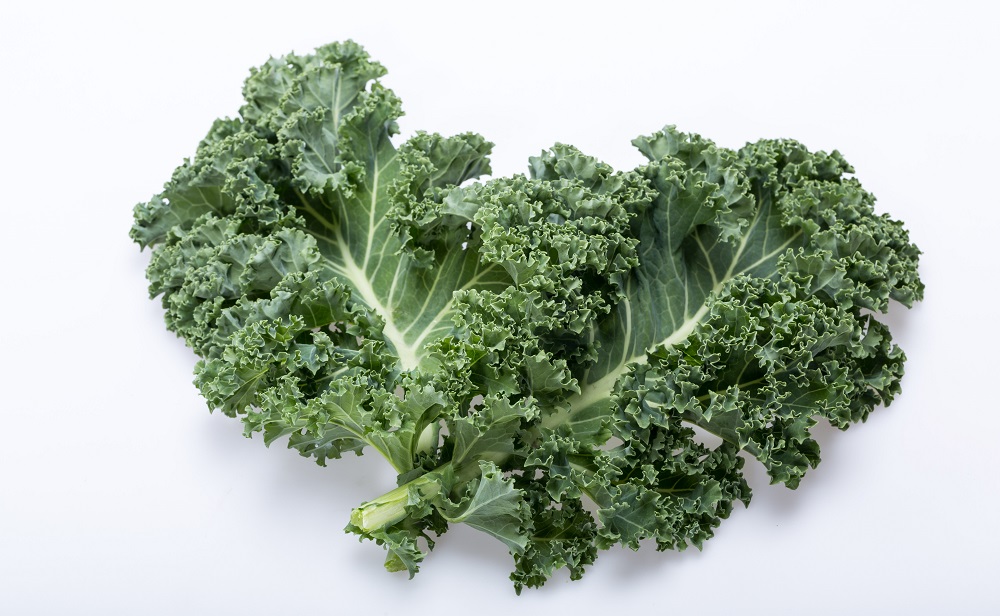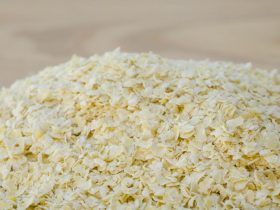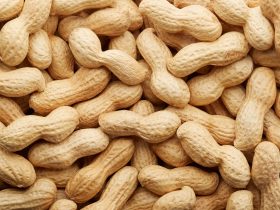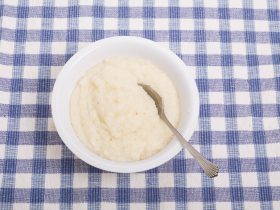Kale is a close genetic cousin of the world-widely cultivated cabbage. With a green and leafy appearance much like cabbage itself, kale recently underwent a cultural renaissance as various health blogs and chefs began using it for its impressive nutritional value1.
Much like cabbage, the vast majority of kale is made up of water, and as such it is quite easy to purchase large amounts of kale at a grocery store for very low prices. Used for shakes, stir-fry, or even baked into chips, kale is an extremely versatile vegetable with an unfortunately short shelf-life.
Because of kale’s moist profile and its own enzymes, fresh kale left unpreserved will only last for a few hours at room temperature. This extremely short window can be extended through the use of cooking or refrigeration, both of which will slow down microbial colonization as well as inhibit the enzymatic action of the kale itself.
Can Kale be Frozen?
Like other leafy green vegetables, kale does not hold up very well to the effects of freezing.

However, it is still entirely possible to do so if the need to store your kale for long periods is more important than its relative quality. Ideally, frozen kale works best in shakes and soups where its degraded textural quality is largely unimportant.
How to Freeze Kale
In order to freeze your kale with the absolute minimum loss in quality possible, it must first undergo a cooking process called blanching, of which will partially cook your kale. If you need kale in their completely raw form, this step may be skipped, though the length of time your kale will remain shelf-stable will be shorter.
First, bring a pot of water to boil. As you are doing this, thoroughly wash the leaves and stems of the kale, removing any dirt or debris still present from the farm or grocery store.
Prepare a bowl of ice-water large enough to submerge the entirety of the kale without crushing them.
Once all this is prepared, plunge the kale’s leaves and stems beneath the surface of the boiling water. Leave them there for approximately two minutes. Be careful not to leave them beneath the boiling water for too long, as this will overcook them and accelerate the degradation of their texture instead of protecting against it.
After two minutes have passed, retrieve the kale from the pot and immediately submerge the leaves and stems in the bowl of ice water. This will instantly halt the cooking process, essentially “firming up” the cellular structures of the kale, as well as eliminate or reduce the presence of bacteria and fungi.
Once the kale has been properly blanched, separate the leaves from the stalks if you so desire before carefully patting dry with a cloth towel, ensuring that as little excess water is present on the surface of the vegetable. Any water will turn to ice crystals once subjected to freezing temperatures, and as such both fuse your kale pieces together and make them more difficult to thaw.
Now dry, simply place the kale leaves in an appropriately freezer safe container or bag before leaving in the freezer for up to eight months.
Keep in mind that if you have elected to skip the process of blanching in favor of using completely raw kale leaves, it is unlikely the vegetable will remain safe to eat for eight months.
How Long does Kale Last at Room Temperature?
When vegetables and fruit are kept at room temperature, they begin to break down rapidly due to a wide variety of stressors and environmental factors. Things like relative humidity of the air, the presence of insects and even direct sources of light can significantly shorten the shelf-life of most forms of organic produce.
This is all the more so for vegetables as fragile and quickly-spoiling as kale, of which goes bad even more quickly than cabbage or lettuce. This is due to the high water content present in the cells of kale, of which are easily affected by the previously mentioned factors.
Kept in the average kitchen environment at an average humidity, kale will only last up to three hours before becoming questionably unsafe to eat. This may be shortened even further, however, if the kale is left in improper conditions.
What Factors Affect Kale’s Shelf-life?
Since the wide majority of organic produce are susceptible to dehydration, microbial life and their own enzymatic action, most of these fruits and vegetables rarely last more than a week when left unattended in normal conditions.
In the case of kale itself, placing this leafy vegetable in an environment too humid or too dry will cause degradation at either end of the spectrum.
In an environment with too much moisture, bacteria and fungi will grow rapidly, consuming the kale and excreting toxic compounds that can be quite harmful to humans.
However, if the kale is kept in storage conditions far too dry, the effects of osmosis and dehydration will cause the kale to become brittle and stale as the water in their cells is pulled away by the air.
Apart from the presence of too low or too high humidity, kale is affected by either extreme of temperature. According to an informational bulletin posted by the U.S. Department of Agriculture, the temperatures at which bacteria and fungi propagate most quickly are between 40 °F – 140 °F, otherwise known as the “danger zone”2.
However, there is also a potential drawback to storing the kale in temperatures too far below this danger zone. When frozen, kale will quickly lose its physical integrity as well as its flavor and color. This is due to the physical and chemical effects of freezing on organic produce, and is largely unavoidable.
How Long Does Kale Last in the Fridge?
A far more suitable option than simply leaving your kale on the counter-top, choosing to refrigerate your kale will extend its effective shelf-life more than ten-fold.
Before storing your kale in the refrigerator, it is advisable to first thoroughly wash its leaves in order to remove any left-over dirt or insects that may still be present from the farm and grocery store.
After washing properly, gently pat the kale’s leaves dry with a cloth towel, taking care not to damage it as this will accelerate the enzymatic breakdown of the vegetable.
Now dry, leave the kale in the crisper drawer of your refrigerator, as storing it in the drier sections of your fridge will cause it to dehydrate and grow stale prematurely.
Placed in the best possible conditions for extending its shelf-life, kale will last for up to a week so long as it is not removed from the refrigerator and allowed to warm up.
How to Know if Kale is Still Edible
In the likely event that your kale has begun to spoil in storage, or if you are inspecting produce at the local grocery store, it is a good idea to be aware of what kale that has gone bad looks like.
From even a visual standpoint, the signs of spoilage in kale can be quite obvious and apparent upon first inspection. Specks or spots of discoloration are often a sign of fungal growth on the plant, especially if these spots present a furry or depressed appearance.
Texturally, if the kale has begun to grow slimy or otherwise has had its texture altered from the usual firmness, it is likely that the kale has begun to break down due to environmental factors. Keep in mind that slimy kale can also be a sign of improper storage, though this does not necessarily mean that the kale is unsafe to eat.
Kale that has degraded texturally but does not present any other signs of spoilage may still be incorporated into shakes and sauces so long as it is properly processed.
Finally, if the kale develops a sulfur or rotting odor, it indicates that cultures of bacteria have begun to consume and colonize your kale, making them completely unsafe to eat. It is best to dispose of the entire kale plant should you notice smells like this.
References
1. Unknown Author. (N.D.) “Growing guide for kale”. Cornell University, Ithaca, NY. 2006.
2. Unknown Author. (June 2017) ‘”Danger Zone” (40 °F – 140 °F)’ U.S. Department of Agriculture Food Safety and Inspection Services. Retrieved September 22 2021 https://www.fsis.usda.gov/food-safety/safe-food-handling-and-preparation/food-safety-basics/danger-zone-40f-140f
3. Julie Martens Forney. (N.D.) “Can you Freeze Kale?” hgtv.com





Hi, I'm Dom
Dom Eats was started to help other people fall in love with food. While cooking can feel intimidating, it doesn't have to be.